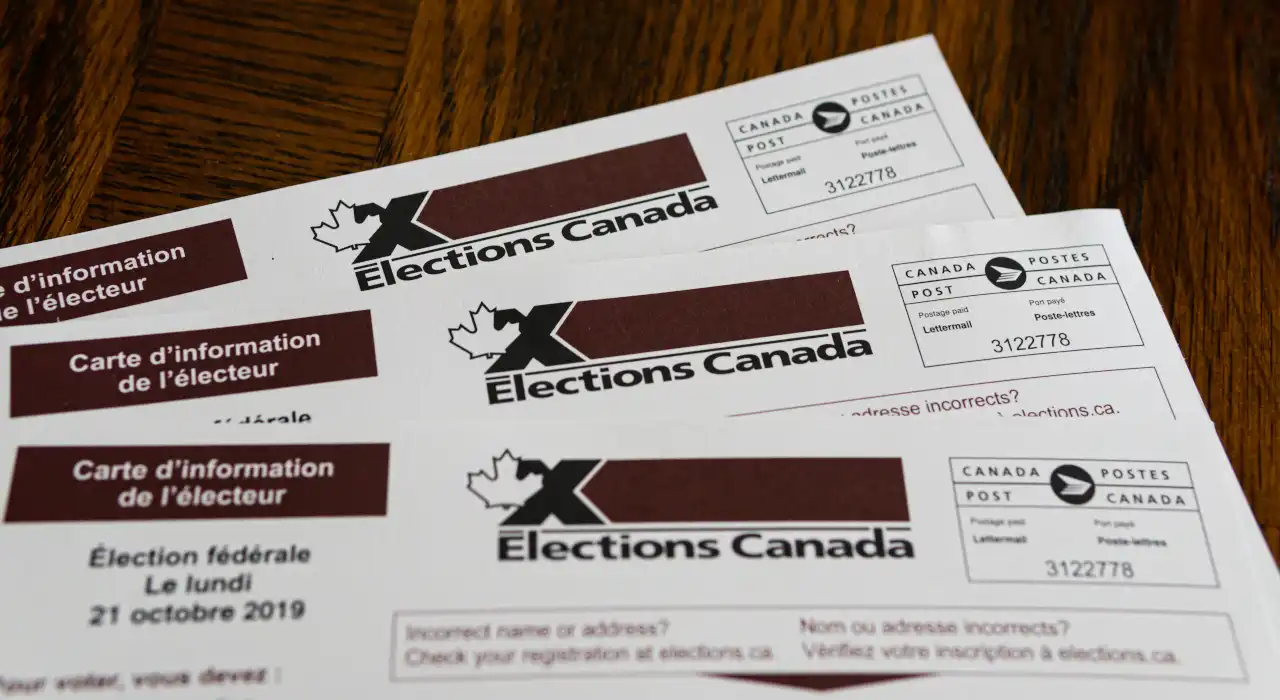Casting a ballot in Canada is straightforward: you go to the polling station assigned to you by Elections Canada, show your ID, and vote. But for some people, it’s not always that simple. As campaign volunteers, part of our job is to identify and reduce the barriers that prevent people from voting.
Voters Whose Schedule Doesn’t Match
One common barrier is scheduling. Some people have to work on election day. Others may have personal or family obligations. If someone says they’ll be too busy to vote, let them know that under the Canada Elections Act, most workers are entitled to have three consecutive hours off during voting hours1 to cast their ballot, unless they work in certain excluded industries.
Also remind them that election day is just the last day to vote, not the only one2. Advance voting days are available, so they cast their ballot early if they’re unavailable on election day. If they’ll be away during both advance polls and election day, they can still vote by special ballot at their local Elections Canada office.
Even voters who are out of town for the entire election period can vote at any Elections Canada office across the country up to a few days before election day.
Voters Who don’t Know How to Vote
Another common barrier is simply not knowing what to do, where to vote, when to vote, or what ID to bring.
Elections Canada sends out a voter information card with these details, but not everyone receives it. Fortunately, this card is not required to vote. Canvassers can help by looking up a voter’s assigned polling station. This information is usually available in your canvassing app or list.
If someone doesn’t have a driver’s license or government-issued photo ID, that’s okay. Elections Canada accepts many different forms of identification. If you’re unsure, direct them to the Elections Canada website, which has a clear list of accepted ID options3.
If the voter has none of the accepted IDs, they can vote if someone who knows them (and has the right ID) vouches for them at the polling station.
Tip: Before your first shift, ask your campaign staff or fellow volunteers where the nearest Elections Canada office is. That way, if someone asks about voting by special ballot, you’ll be ready with an answer.
Voters Who Have Trouble Getting There
In some communities, especially rural ones, the polling station might be far away. This can be a real challenge for seniors, people with disabilities, or those without access to transportation.
That’s why campaigns often offer rides to the polls. As a canvasser, you can ask voters whether they plan to vote and whether they’ll need help getting there. If they say yes, record it and pass it along to your team so the campaign can arrange a ride.
Also remind them that they can vote by mail if that’s easier.
Voters Who Feel Disillusioned or Disengaged
Some people don’t vote because they’re frustrated with politics or feel like their vote doesn’t matter. If you meet someone like this, try to listen first. Ask what issues matter to them. Let them know that voting is one way to push for change, even if they feel cynical about politicians.
If their frustration is aimed at a party or national leader, talk to them about the local candidate you’re supporting. Sometimes, learning more about a candidate’s background and community involvement can help shift someone’s perspective.
Key Takeaways from This Topic
What if someone is too busy to vote on election day?
Let them know most workers are entitled to three consecutive hours off to vote. They can also vote in advance or by special ballot if they’ll be away on election day.
Can people vote if they don’t receive a voter information card?
Yes. The card is helpful but not required. Canvassers can help by checking the person’s polling station info in the canvassing app or list.
What ID is needed to vote?
A driver’s license or government photo ID works, but there are many accepted options. If someone has no ID, they can still vote if someone with proper ID vouches for them.
What if someone can’t physically get to a polling station?
Campaigns can offer rides to the polls. You should record these requests and share them with your team so they can arrange transportation.
Can people vote by mail?
Yes. If it’s hard for someone to travel to a polling station, they can vote by special ballot or request a mail-in ballot from Elections Canada.
How can I respond to voters who are disillusioned with politics?
Listen to their concerns and ask what issues matter to them. Remind them that voting is a way to push for change and share information about your local candidate.
Where can I send someone who wants more information on how to vote?
The Elections Canada website lists accepted ID, ways to vote, and other key info. It’s a great resource if you’re ever unsure during canvassing.
How should I prepare for questions about special ballots?
Before canvassing, find out where the nearest Elections Canada office is. That way, you can give quick answers if someone asks about voting by special ballot.
References
-
FAQs – Time off to vote, Elections Canada ↩
-
Ways to Vote, Elections Canada ↩
-
ID to Vote, Elections Canada ↩
